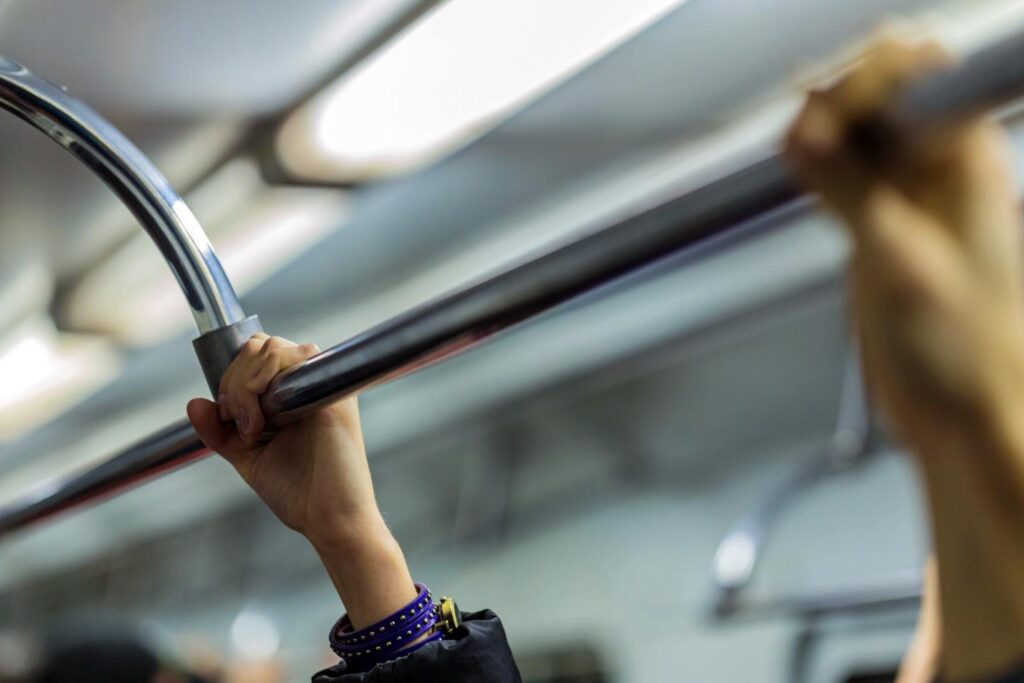Researchers at Lund University in Sweden have created an innovative AI tool that can identify a person’s location based on the unique microorganisms they collect while traveling, similar to a bacterial GPS. This tool, called Microbiome Geographic Population Structure (mGPS), analyzes microbiome samples from various environments, including urban areas and natural ecosystems, to pinpoint origins with remarkable accuracy. The AI successfully identified the city source of microbiome samples 92% of the time, even distinguishing highly localized samples in busy cities like Hong Kong and New York. This groundbreaking method has significant implications for medicine, epidemiology, and criminal investigations, allowing for better tracking of disease spread and forensic connections. As more microbiome data is collected, the technology will continue to improve.
Researchers at Lund University in Sweden have made a breakthrough by developing an AI tool that can effectively trace your geographical movements through the unique microorganisms you carry with you. This fascinating innovation works like a bacterial GPS, linking the microbiome samples found on your skin or clothing to specific locations.
We often see how evidence such as hair, fibers, and soil can connect someone to a crime scene. Now, scientists are looking at microorganisms—tiny living things that thrive in various environments—as powerful clues to track human movement. The tool, known as the Microbiome Geographic Population Structure (mGPS), uses extensive data from microbiome samples collected in different settings, including urban areas and natural environments like beaches and forests.
Eran Elhaik, a biology researcher involved in the study, explained that human microbiomes are constantly changing based on our surroundings. By analyzing these changes, scientists can gain valuable insights into public health issues, track infections, and even provide evidence in criminal cases.
The mGPS tool demonstrated impressive accuracy, successfully identifying the source cities for 92% of urban samples it analyzed. In tests conducted in major cities like New York, Hong Kong, and London, it could even differentiate between locations that were alarmingly close together, such as subway stations just 172 meters apart in Hong Kong.
As more microbiome data is gathered and integrated, this tool could enhance forensic investigations and deepen our understanding of the microorganisms that share our environment. This project marks an exciting step in how we use AI and microbiology together, paving the way for future applications in medicine and law enforcement.
The research findings were published in the journal Genome Biology and Evolution, and there are plans to further explore the microbiomes of entire cities to revolutionize forensic science.
Tags: AI, microbiome, forensic science, Lund University, artificial intelligence, public health, crime investigation, disease tracking.
What are bacterial ‘sat nav’ tracks?
Bacterial ‘sat nav’ tracks are special patterns made by bacteria that show exactly where they’ve been. They help scientists understand how bacteria move and interact in their environments.
How do bacteria make these tracks?
Bacteria leave behind chemical signals or markers as they move around. These markers form trails that can be seen and studied under a microscope.
Why is studying these tracks important?
Studying these tracks helps scientists learn how bacteria spread, which can improve our understanding of infections and how to combat them. It also gives insights into their behavior in different conditions.
Can these tracks be used outside of science?
Yes, the knowledge gained from studying bacterial tracks can help in areas like medicine, environmental science, and even technology, where we could create new systems that mimic how bacteria navigate.
Are these findings surprising?
Yes, researchers often find that bacteria can track locations and changes in their environment much more accurately than expected, which can change how we think about simple living organisms.






